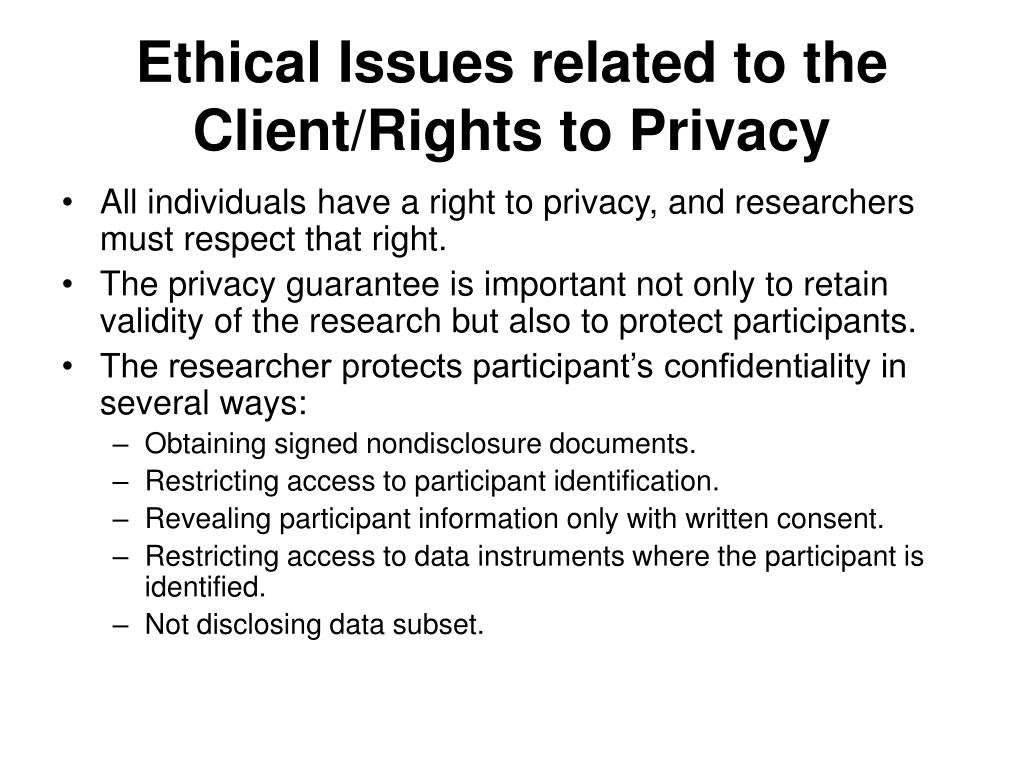Crime Rate Prediction Presentation
| Introduction | ||
|---|---|---|
| Crime rate prediction is a method used to forecast the future occurrence of criminal activities. By analyzing historical data and employing statistical models, we can estimate crime rates for specific regions or time periods. Accurate crime rate predictions can help law enforcement agencies and policymakers allocate resources effectively. | ||
| 1 | ||
| Importance of Crime Rate Prediction | ||
|---|---|---|
| Crime rate prediction enables proactive measures to prevent crime and enhance public safety. Accurate predictions can assist in resource allocation for law enforcement agencies. Understanding crime patterns can aid in designing targeted interventions to reduce criminal activities. | ||
| 2 | ||
| Data Collection and Analysis | ||
|---|---|---|
| Crime rate prediction relies on the collection and analysis of relevant data, including past crime records, socio-economic factors, and demographics. Advanced analytics techniques, such as machine learning and data mining, are employed to extract meaningful insights from the data. Timely and accurate data collection is crucial for reliable crime rate predictions. | ||
| 3 | ||
| Factors Affecting Crime Rate | ||
|---|---|---|
| Socio-economic factors, such as poverty, unemployment, and income inequality, can influence crime rates. Demographic characteristics, like population density and age distribution, may also impact crime rates. Other factors include drug abuse, educational attainment, and availability of social services. | ||
| 4 | ||
| Statistical Models for Crime Rate Prediction | ||
|---|---|---|
| Regression analysis is commonly used to predict crime rates by analyzing relationships between various factors and historical crime data. Time series analysis helps identify patterns and trends in crime rates over time. Geospatial analysis considers the spatial distribution of crime to predict future crime hotspots. | ||
| 5 | ||
| Challenges in Crime Rate Prediction | ||
|---|---|---|
| Limited availability and quality of historical crime data can hinder accurate predictions. Dynamic nature of crime patterns makes it challenging to capture all influencing factors. The presence of unobserved or unknown variables can impact the accuracy of predictions. | ||
| 6 | ||
| Benefits of Crime Rate Prediction | ||
|---|---|---|
| Improved resource allocation allows law enforcement agencies to focus efforts on high-risk areas. Enhances public safety by enabling proactive crime prevention measures. Supports evidence-based policymaking by providing insights into effective crime reduction strategies. | ||
| 7 | ||
| Ethical Considerations | ||
|---|---|---|
| Privacy concerns arise when using individual-level data for crime rate prediction. Bias in data collection and analysis can lead to unfair or discriminatory outcomes. Transparency and accountability in the use of predictive models are necessary to maintain public trust. | ||
| 8 | ||
| Future Trends in Crime Rate Prediction | ||
|---|---|---|
| Advancements in data collection technologies, such as IoT devices and surveillance systems, will provide more comprehensive and real-time crime data. Integration of artificial intelligence and machine learning algorithms will enhance the accuracy of crime rate predictions. Collaborative efforts between law enforcement agencies, researchers, and policymakers will drive further advancements in this field. | ||
| 9 | ||
| Conclusion | ||
|---|---|---|
| Crime rate prediction is a valuable tool for law enforcement agencies and policymakers to allocate resources effectively and prevent crime. Data analysis techniques and statistical models play a crucial role in generating accurate predictions. Ethical considerations and collaboration among stakeholders are essential for responsible and effective crime rate prediction. | ||
| 10 | ||
| References (download PPTX file for details) | ||
|---|---|---|
| Author1, A. (Year). Title of the research pap... Author2, B. (Year). Title of the book. Publis... Author3, C. (Year). Title of the article. Mag... |  | |
| 11 | ||






